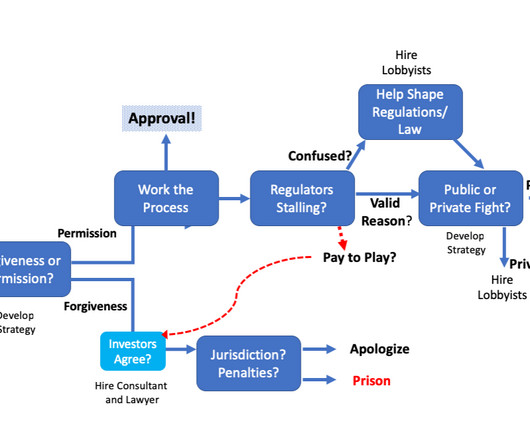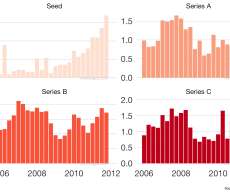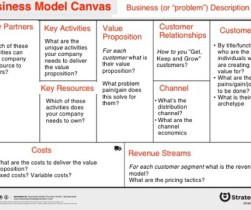Early-stage Regional Venture Funds–part 2 of 3 of Bigger in Bend
Steve Blank
JANUARY 22, 2014
Part 2: Early-stage Regional Venture Funds. Success depends on finding startups that have identified acute customer pains in large markets where conditions are ripe for a new entrant. as a distribution channel have vastly reduced the amount of capital a startup needs at the early stage when the risk is greatest.











































Let's personalize your content